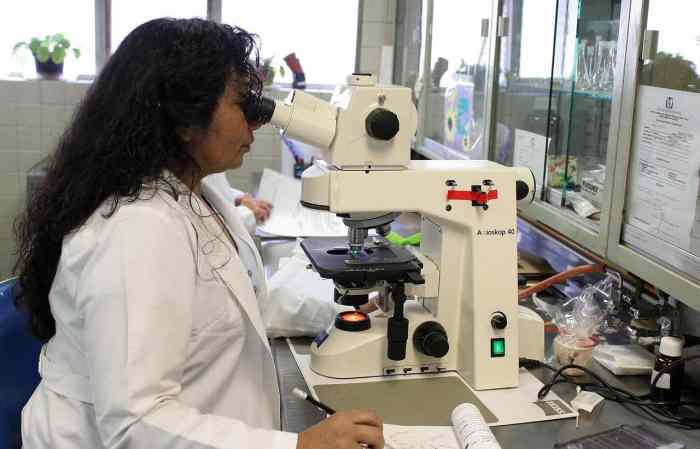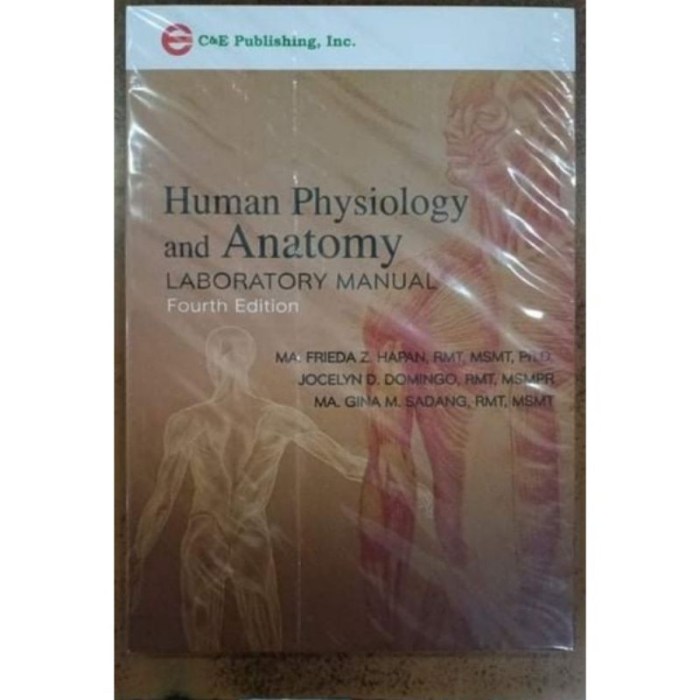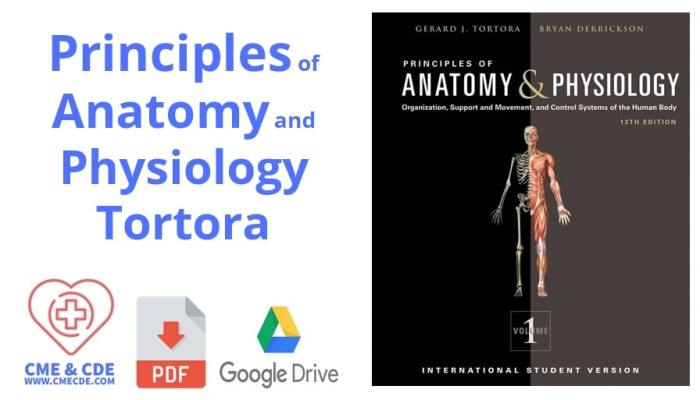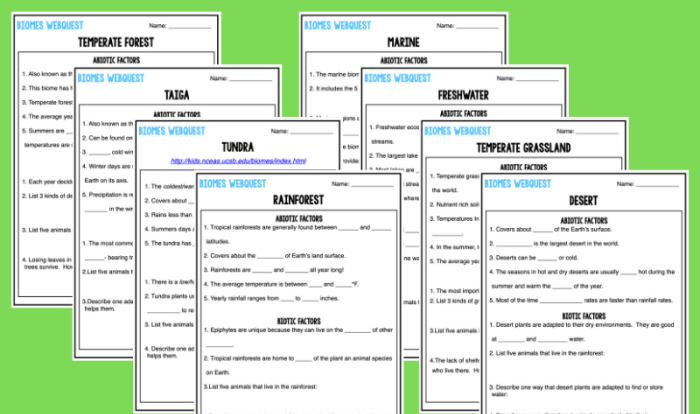Human anatomy and physiology laboratory manual 13th edition answer key – Prepare to embark on a captivating journey into the realm of human anatomy and physiology with the highly anticipated 13th edition answer key. This meticulously crafted resource provides an invaluable roadmap for students seeking to master the intricacies of the human body and its functions.
Delving into the depths of anatomical terminology, body organization, and the skeletal and muscular systems, this answer key illuminates the fundamental principles that govern human movement and structure. It unravels the mysteries of the integumentary, nervous, endocrine, cardiovascular, and respiratory systems, empowering readers with a comprehensive understanding of their vital roles in maintaining homeostasis.
Laboratory Objectives and Safety Guidelines: Human Anatomy And Physiology Laboratory Manual 13th Edition Answer Key
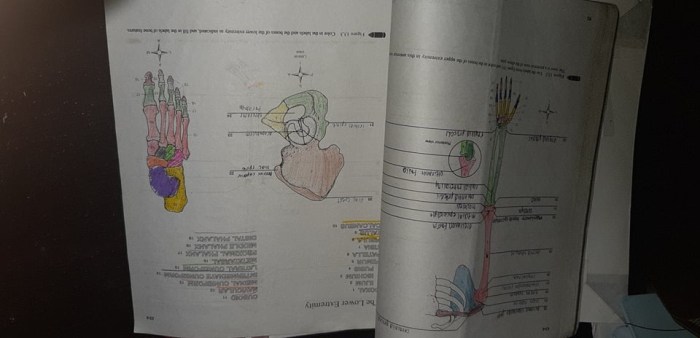
Laboratory safety is paramount in any scientific setting. It ensures the well-being of individuals and the integrity of research. This manual provides comprehensive safety protocols to guide students through laboratory exercises. Adherence to these guidelines is essential to minimize risks and foster a safe learning environment.
The manual Artikels specific safety procedures, including proper attire, handling of hazardous materials, and emergency response protocols. It emphasizes the importance of risk assessment and mitigation strategies, empowering students to identify potential hazards and take appropriate measures to minimize their impact.
Anatomical Terminology and Body Organization
Anatomical terminology is a standardized language used to describe human anatomy. It provides a common framework for communication and understanding among healthcare professionals. This section introduces the basic principles of anatomical terminology, including planes, sections, and cavities of the body.
Students will learn to identify and label major anatomical landmarks and structures, enabling them to accurately describe the human body and its components.
The Skeletal System
The skeletal system provides support, protection, and movement for the body. This section explores the structure and function of bones, joints, and muscles.
- Types of bones and their classification
- Structure and function of joints
- Mechanisms of skeletal movement
The Muscular System
Muscles are responsible for movement, posture, and heat production. This section examines the structure, function, and classification of muscles.
- Types of muscle fibers and their properties
- Mechanisms of muscle contraction and relaxation
- Role of muscles in body movement
The Integumentary System
The integumentary system, consisting of the skin and its appendages, serves as a protective barrier, regulates body temperature, and provides sensory input.
- Structure and function of the skin and its layers
- Role of the integumentary system in protection, thermoregulation, and sensation
- Common skin disorders and their treatments
The Nervous System
The nervous system controls and coordinates body functions. This section provides an overview of the structure and function of the central and peripheral nervous systems.
- Organization and function of the brain and spinal cord
- Different types of neurons and their roles in nerve transmission
- Mechanisms of sensory and motor function
The Endocrine System
The endocrine system regulates various bodily functions through the release of hormones. This section explores the structure and function of the endocrine glands and their hormones.
- Major endocrine glands and their functions
- Mechanisms of hormone action and regulation
- Common endocrine disorders and their treatments
The Cardiovascular System
The cardiovascular system transports blood throughout the body, delivering oxygen and nutrients to tissues. This section examines the structure and function of the heart, blood vessels, and blood.
- Components and function of the heart
- Types of blood vessels and their roles in circulation
- Composition and function of blood
The Respiratory System
The respiratory system enables gas exchange between the body and the environment. This section explores the structure and function of the lungs and airways.
- Mechanisms of respiration and gas exchange
- Structure and function of the respiratory tract
- Common respiratory disorders and their treatments
The Digestive System, Human anatomy and physiology laboratory manual 13th edition answer key
The digestive system breaks down food and absorbs nutrients. This section examines the structure and function of the digestive organs, including the mouth, esophagus, stomach, and intestines.
- Processes of digestion, absorption, and elimination
- Role of enzymes and hormones in digestion
- Common digestive disorders and their treatments
The Urinary System
The urinary system filters waste products from the blood and produces urine. This section explores the structure and function of the kidneys, ureters, bladder, and urethra.
- Processes of urine formation and excretion
- Role of the kidneys in maintaining fluid and electrolyte balance
- Common urinary disorders and their treatments
The Reproductive Systems
The reproductive systems enable the production and fertilization of gametes, leading to the development of offspring. This section examines the structure and function of the male and female reproductive organs.
- Processes of reproduction and development
- Structure and function of the male and female reproductive organs
- Common reproductive disorders and their treatments
Laboratory Techniques and Data Analysis
Laboratory techniques are essential for collecting and analyzing data in anatomy and physiology. This section provides an overview of common laboratory techniques, including microscopy, dissection, and data analysis.
- Principles of data collection, analysis, and interpretation
- Proper documentation and reporting of laboratory findings
- Quality control measures in laboratory experiments
Question & Answer Hub
What is the purpose of the human anatomy and physiology laboratory manual?
The laboratory manual provides step-by-step instructions for conducting experiments and activities that complement the theoretical concepts covered in the textbook.
How can I use the answer key effectively?
The answer key should be used as a reference to check your answers and identify areas where you need further clarification. It is not intended to replace your own understanding of the material.
What are the benefits of using the 13th edition answer key?
The 13th edition answer key has been updated to reflect the latest scientific findings and pedagogical approaches, ensuring that you have access to the most accurate and up-to-date information.
